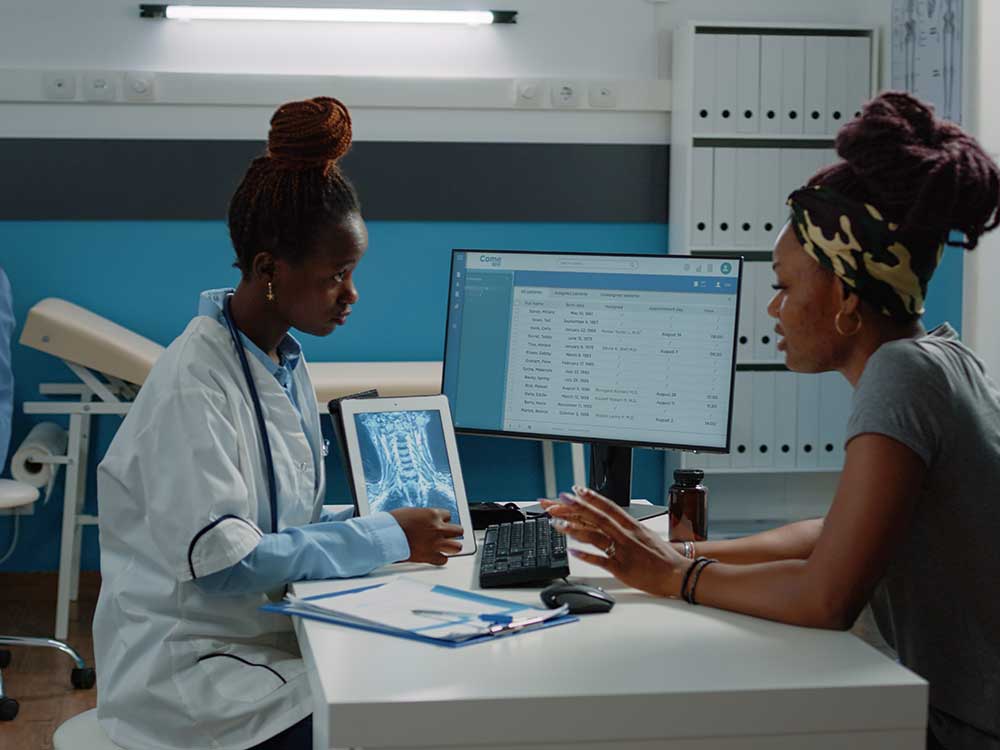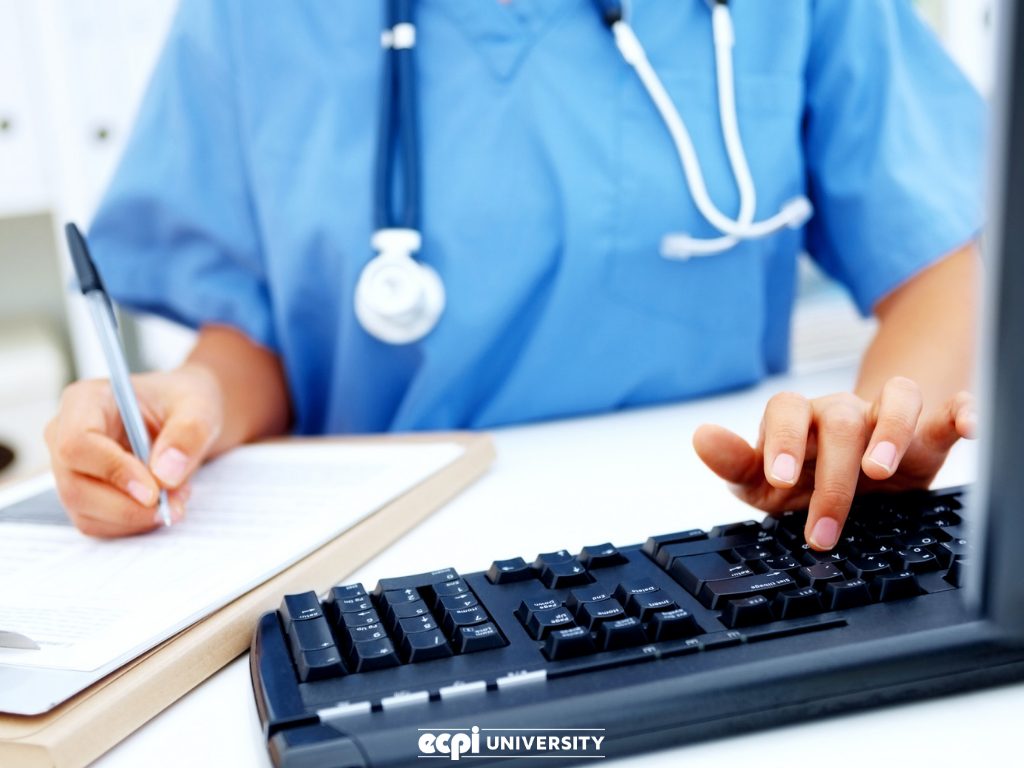A Full Guide to Medical Administration Certifications and Qualifications
A Full Guide to Medical Administration Certifications and Qualifications
Blog Article
Ideal Practices in Medical Management for Improving Performance and Lowering Expenses
In the ever-evolving landscape of healthcare, the search of finest methods in clinical management is extremely important for boosting efficiency and suppressing expenditures. By integrating innovative modern technologies such as electronic wellness records and telemedicine, healthcare suppliers can simplify operations and boost client treatment.
Leveraging Advanced Innovation
In today's swiftly developing healthcare landscape, leveraging sophisticated innovation is no more optional but necessary for efficient clinical administration. The assimilation of electronic services right into health care systems has actually changed the way centers run, streamlining procedures and improving individual care. Electronic Health Records (EHRs) are crucial, supplying extensive person information that can be accessed quickly by authorized personnel, hence decreasing redundancy and minimizing mistakes. By systematizing client info, EHRs get rid of the requirement for cumbersome documentation and help with smooth interaction amongst doctor.
Telemedicine is an additional technical improvement that has actually reinvented person communication. It provides comfort for both individuals and health care experts by allowing remote examinations, which can minimize the need for in-person gos to and optimize consultation organizing. Additionally, telehealth systems can expand health care accessibility to country or underserved areas, linking voids in care shipment.
Additionally, making use of Artificial Knowledge (AI) and device understanding is coming to be increasingly widespread in predictive analytics, permitting early detection of potential health and wellness concerns and more educated decision-making. These technologies, when incorporated effectively, can enhance analysis accuracy and customize person therapy strategies, ultimately resulting in boosted healthcare results and functional efficiency.
Optimizing Source Allowance
Effective resource allowance is important for making the most of the performance of medical management. By strategically handling resources such as workers, equipment, and funds, healthcare facilities can considerably improve their functional efficiency, enhance individual end results, and decrease unneeded expenditures. The very first step in optimizing resource allotment entails carrying out an extensive assessment of present properties and determining areas where resources might be underutilized or exhausted. This assessment ought to be data-driven, using metrics and analytics to inform decision-making procedures.
Focusing on source allocation based on person needs and service demands is necessary. Executing versatile staffing models can additionally enhance labor resources by readjusting employees allowance in reaction to changing client quantities.
Funds should be carefully monitored and alloted with critical foresight to sustain both short-term operational requirements and long-term institutional objectives. This consists of investing in training programs that enhance personnel proficiencies and embracing energy-efficient techniques that decrease operational prices (medical administration). Eventually, an optimized resource allowance method fosters a lasting medical care environment that is receptive, reliable, and economically prudent
Streamlining Process Procedures
When healthcare centers goal to boost functional efficiency, improving workflow procedures becomes a critical emphasis. Effective workflows decrease redundancy, remove unneeded steps, and boost coordination among health care experts. This method not just speeds up solution delivery however also improves the high quality of person treatment.

Following, technology combination plays a significant function in improving workflows. Applying digital health and wellness records (EHRs) and digital medical professional order entry (CPOE) systems reduces documents, minimizes human error, and makes sure information comes to all appropriate workers. In addition, leveraging telemedicine systems can improve patient appointments and follow-ups, decreasing the stress on physical framework.

Eventually, structured workflows result in set you back reductions and improved patient fulfillment, fostering a more lasting healthcare environment.
Enhancing Data Monitoring
Structure upon streamlined operations, optimizing information management becomes a vital element in advancing medical care administration. Efficient information monitoring systems are important for preserving precise individual records, enhancing decision-making, and making sure conformity with regulative standards. By applying durable information management remedies, healthcare facilities can improve the high quality of person care while simultaneously reducing functional costs.
One secret facet of improving information administration is the assimilation of advanced digital health document (EHR) systems. These systems assist in the seamless exchange of client details across different departments, decreasing replication of tests and lessening errors. A well-designed EHR system supports information analytics, enabling healthcare companies to identify patterns and make notified decisions regarding person treatment.
Additionally, visit safeguarding patient information is vital. Embracing thorough cybersecurity steps, consisting of encryption and normal audits, makes sure the stability and discretion of delicate details. This not only protects clients but likewise maintains the establishment's credibility.
Purchasing personnel training is one more critical factor. Educating health care professionals on data monitoring techniques boosts their capacity to efficiently make use of innovation, causing boosted client results. Finally, boosting information monitoring through sophisticated modern technology and thorough training is essential for achieving performance and price decrease in medical management.
Fostering Collaborative Interaction
A critical element ahead of time clinical administration is cultivating collective interaction page among health care professionals. Reliable read this post here interaction is vital for guaranteeing seamless individual treatment, optimizing treatment results, and decreasing errors. By urging open dialogue and coordination throughout multidisciplinary teams, health care companies can enhance their operational efficiency and minimize unneeded expenses.
Central to this strategy is the assimilation of communication technologies such as electronic health records (EHRs) and safe and secure messaging platforms, which help with the rapid exchange of vital client details. These devices make it possible for doctor to access and share information in genuine time, making sure that all staff member are notified and straightened in their decision-making processes. Routine group meetings and interdisciplinary rounds can additionally advertise a society of partnership and accountability.
Educating programs focused on enhancing interaction skills are additionally crucial. These programs can assist personnel develop the ability to share info clearly and listen proactively, therefore minimizing misunderstandings and promoting a supportive work setting. Additionally, taking on standard communication methods, such as SBAR (Scenario, Background, Analysis, Suggestion), can enhance the exchange of info, making sure that vital information are shared succinctly and efficiently. Ultimately, cultivating joint communication brings about boosted health care distribution and cost financial savings (medical administration).

Verdict
Integrating innovative innovation, such as electronic health documents and telemedicine, along with enhanced source allotment and structured operations procedures, is vital for boosting efficiency in clinical management. Effective data monitoring and cultivating collective communication amongst medical care teams are essential for lessening redundancies and improving care quality. By focusing on preventive care and taking part in high quality improvement efforts, healthcare organizations can accomplish considerable cost financial savings and improved individual end results, therefore guaranteeing sustainable health care delivery in an increasingly complex environment.
Report this page